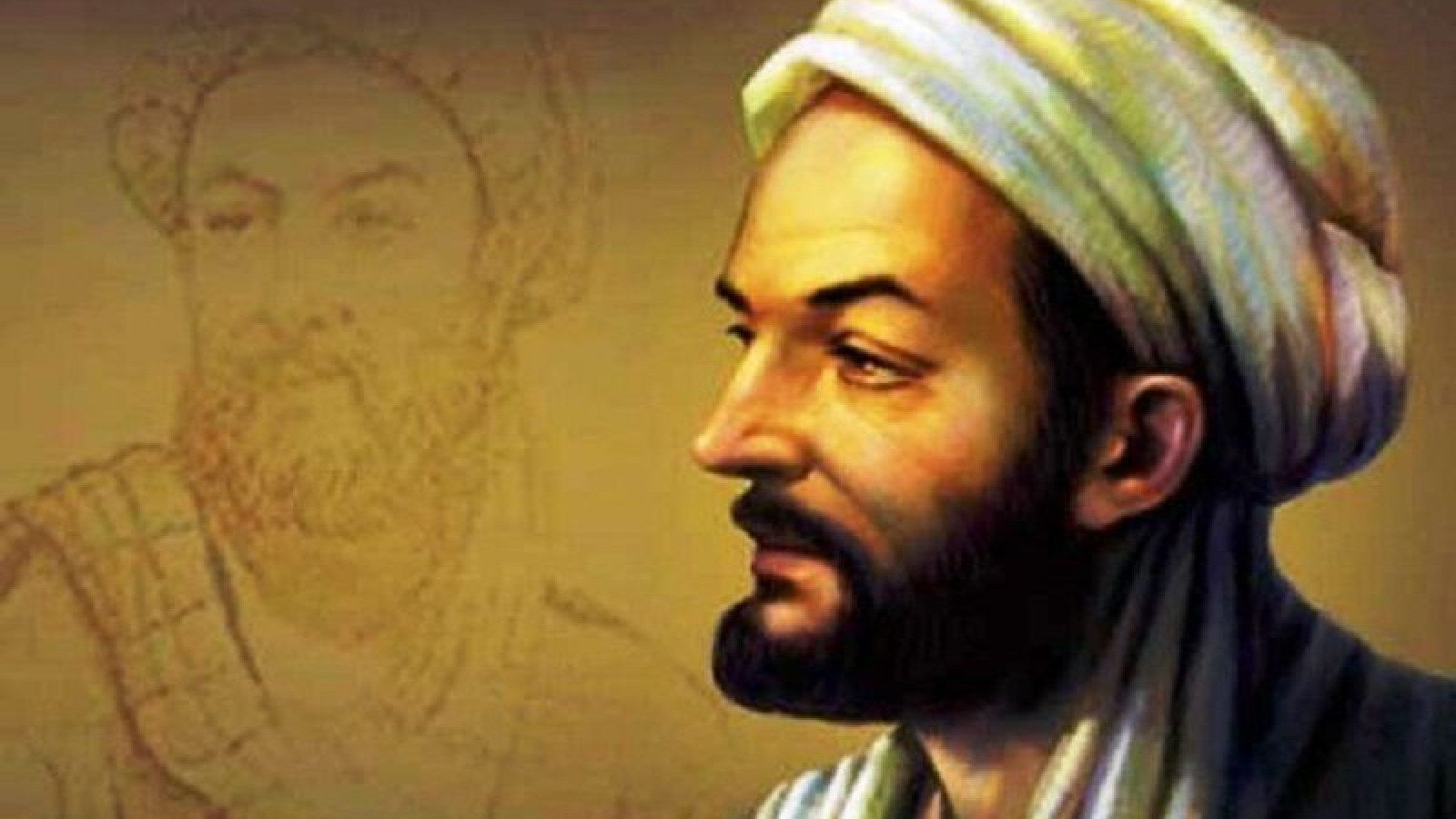
Muḥammad ibn Zakariyyāʾ al-Rāzī was a Persian chemist, philosopher, and researcher. According to al-Biruni, he was born in 251 A.H./ 865 A.D. in Ray and passed away in 313 A.H./ 925 A.D. He had many inventions in the field of physician, chemistry and philosophy which have been written in over 184 books and papers. He was completely aware of medicinal developments and knowledge in Iran, India and Greece. He succeeded to improve the knowledge of medicine through a wide range of researches, observations and innovations. Al-Rāzī was among the first physicians who entered experience and experiment into the field of medicine. Moreover, the oldest specific texts on children’s diseases have been attributed to him. In this regard, he is considered to be the father of pediatrics. He is also one of the pioneers of neurosurgery and eye surgery. Rāzī means Ray city in Farsi; it is an old and ancient city located on the southern hillsides of Alborz, south of Caspian sea, near Tehran. He carried out most of his researches in the same locality. He was the first one who mentioned how to distinguish between smallpox and measles in his notes and books. In a complicated world where we tend to consider scientific developments as a result of the great economical powers’ movements, projects and enterprises which dominate the globe, when forgetting about highlighted figures like al-Rāzī and his efforts for achieving the goal is an easy task, we should remind ourselves of the scientific, historic infrastructures established during the fourth century Hijri in Iran.